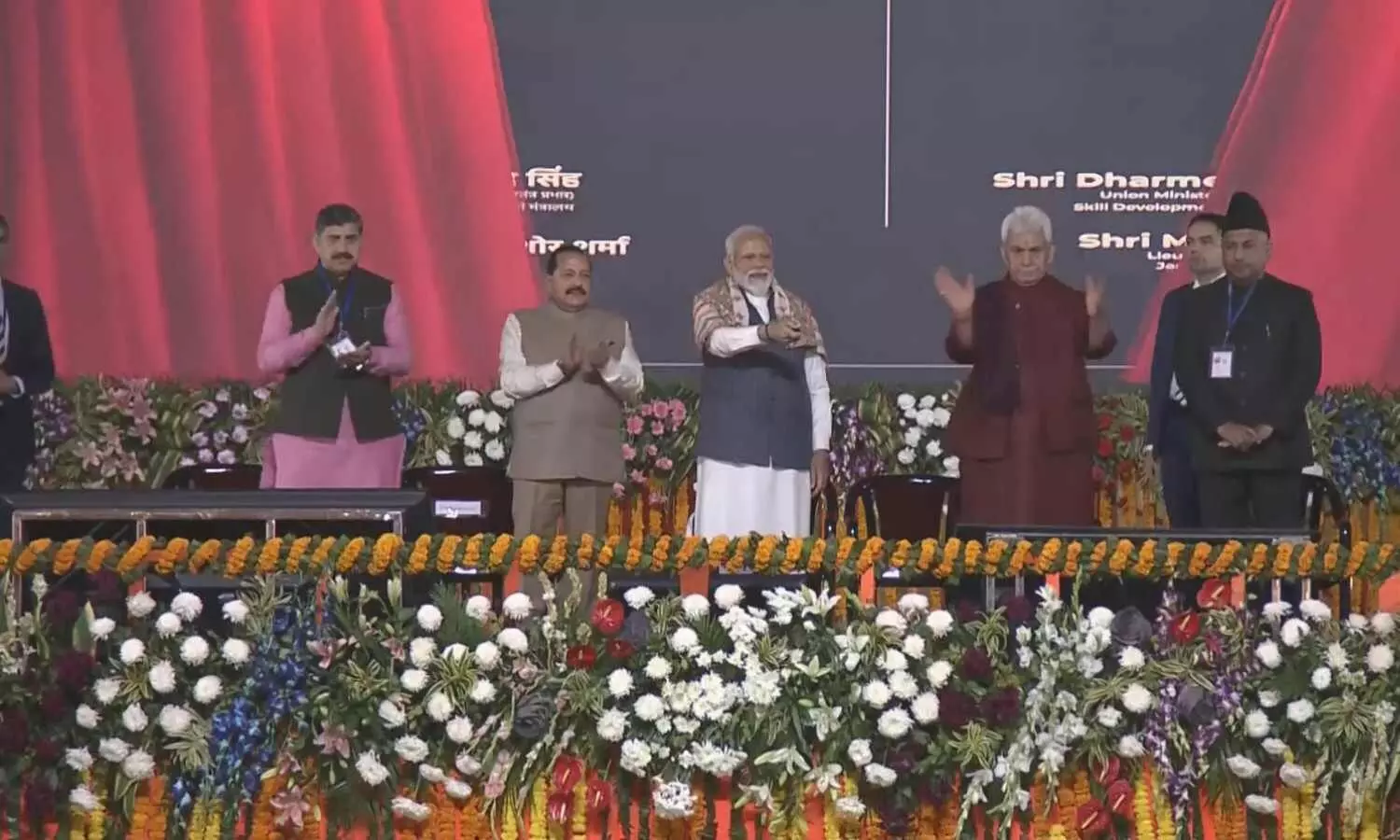- Home
- Medical news & Guidelines
- Anesthesiology
- Cardiology and CTVS
- Critical Care
- Dentistry
- Dermatology
- Diabetes and Endocrinology
- ENT
- Gastroenterology
- Medicine
- Nephrology
- Neurology
- Obstretics-Gynaecology
- Oncology
- Ophthalmology
- Orthopaedics
- Pediatrics-Neonatology
- Psychiatry
- Pulmonology
- Radiology
- Surgery
- Urology
- Laboratory Medicine
- Diet
- Nursing
- Paramedical
- Physiotherapy
- Health news
- Fact Check
- Bone Health Fact Check
- Brain Health Fact Check
- Cancer Related Fact Check
- Child Care Fact Check
- Dental and oral health fact check
- Diabetes and metabolic health fact check
- Diet and Nutrition Fact Check
- Eye and ENT Care Fact Check
- Fitness fact check
- Gut health fact check
- Heart health fact check
- Kidney health fact check
- Medical education fact check
- Men's health fact check
- Respiratory fact check
- Skin and hair care fact check
- Vaccine and Immunization fact check
- Women's health fact check
- AYUSH
- State News
- Andaman and Nicobar Islands
- Andhra Pradesh
- Arunachal Pradesh
- Assam
- Bihar
- Chandigarh
- Chattisgarh
- Dadra and Nagar Haveli
- Daman and Diu
- Delhi
- Goa
- Gujarat
- Haryana
- Himachal Pradesh
- Jammu & Kashmir
- Jharkhand
- Karnataka
- Kerala
- Ladakh
- Lakshadweep
- Madhya Pradesh
- Maharashtra
- Manipur
- Meghalaya
- Mizoram
- Nagaland
- Odisha
- Puducherry
- Punjab
- Rajasthan
- Sikkim
- Tamil Nadu
- Telangana
- Tripura
- Uttar Pradesh
- Uttrakhand
- West Bengal
- Medical Education
- Industry
J&K Administrative Council approves 3-Tier Faculty Structure for GMCs

GMCH Rushes to Fill 294 Vacancies After Service Disruptions in Super-Specialties
Srinagar: In a significant move to enhance the quality of medical education and streamline the faculty structure, the Administrative Council of Jammu and Kashmir, chaired by Lieutenant Governor Manoj Sinha, approved the implementation of a 3-Tier Faculty Structure in Government Medical Colleges and Super Specialty Hospitals in both Jammu and Srinagar.
This decision aligns with the National Medical Commission’s (NMC) guidelines and mirrors the system in the new Government Medical Colleges in J&K.
The approved reform involves the upgrading of 287 Lecturer positions to Assistant Professors, ensuring adherence to the minimum teacher eligibility qualifications in medical institutes mandated by the NMC. This step aims to align the existing medical colleges with the newer institutions across the state.
The meeting saw the presence of key officials, including Rajeev Rai Bhatnagar, Advisor to the Lieutenant Governor; Atal Dulloo, Chief Secretary; and Mandeep Kumar Bhandari, Principal Secretary to the Lieutenant Governor, reports Greater Kashmir.
The newly adopted 3-Tier Faculty Structure introduces three primary faculty positions- Assistant Professor, Associate Professor, and Professor. This overhaul eliminates the outdated position of the Lecturer, as recommended by the Chawla Committee, to maintain consistency with NMC norms. This structural adjustment is anticipated to improve the headcount accuracy during NMC inspections, which is crucial for the provisioning and enhancement of Post Graduate (PG) seats in GMC Jammu and GMC Srinagar, reports the Daily.
During NMC inspection, the lecturer posts are not accounted for during ‘head count’ and it becomes a hindrance in fulfilling criteria for provisioning of Post Graduate (PG) seats in GMC Jammu/Srinagar. The new uniform faculty structure is expected to facilitate better cadre management by abolishing the dual recruitment system at the entry-level, leading to a more streamlined and efficient faculty hierarchy.
Jammu and Kashmir government have been making attempts to improve the medical education sector. Prime Minister Narendra Modi inaugurated the All India Institute of Medical Sciences (AIIMS) Jammu a few months back. PM Modi also handed over appointment orders to around 1,500 new government recruits of Jammu and Kashmir. During the event, the prime minister informed that 50 new degree colleges opened up in Jammu and Kashmir.
Sanchari Chattopadhyay has pursued her M.A in English and Culture Studies from the University of Burdwan, West Bengal. She likes observing cultural specificities and exploring new places.



